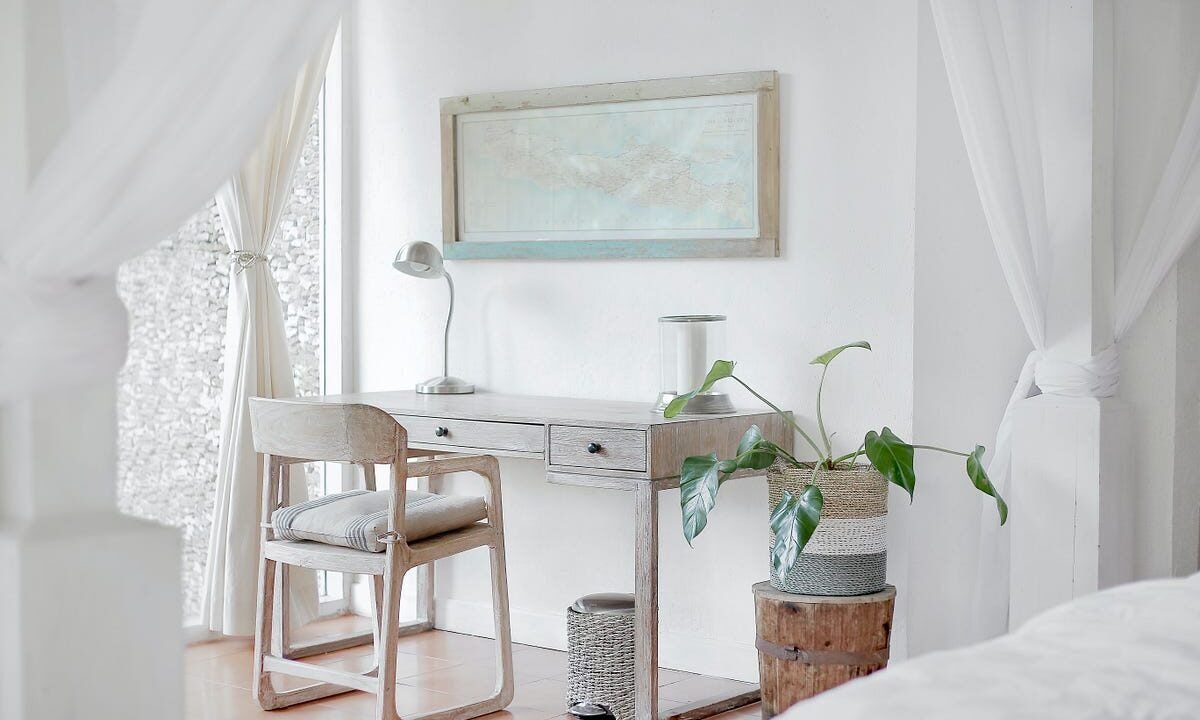
Introduction
In today’s fast-paced world, homeowners are increasingly turning to minimalist home remodeling as a way to bring peace, order, and balance into their living spaces. More than just an aesthetic trend, minimalism is a lifestyle choice that prioritizes functionality, clarity, and intentional living. The remodeling industry has embraced this philosophy, with designers and homeowners alike finding creative ways to strip away the excess and focus on what truly matters.
Minimalist remodeling isn’t about living in an empty white box. Instead, it’s about smart design choices that emphasize simplicity, elegance, and functionality — creating homes that look modern, feel calming, and support healthier, clutter-free lifestyles.
In this article, we’ll explore the principles of minimalist home remodeling, why it’s on the rise, and how you can remodel your home to embrace this timeless design approach.
Why Minimalism is More Than a Trend
Minimalism began as an art and design movement in the 20th century, but it has evolved into a lifestyle philosophy. Today, it resonates with homeowners for several reasons:
- Mental Clarity and Well-being – Studies show that clutter contributes to stress and anxiety. Minimalist homes, by contrast, foster calmness and focus.
- Sustainability – Minimalist remodeling often uses fewer materials, promotes quality over quantity, and emphasizes eco-friendly solutions.
- Timeless Appeal – Minimalist interiors rarely go out of style. Unlike flashy trends, simplicity ages gracefully.
- Practicality – Fewer unnecessary features means lower maintenance, easier cleaning, and cost savings over time.
The rise of remote work and increased time spent at home has accelerated the demand for calm, distraction-free environments — making minimalism more relevant than ever.
Core Principles of Minimalist Home Remodeling
1. Simplicity in Design
Clean lines, uncluttered spaces, and a “less is more” mindset drive every design choice. Minimalist remodeling avoids overly ornate details in favor of straightforward elegance.
2. Functionality Over Flash
Every element in a minimalist remodel serves a clear purpose. Multi-functional furniture, hidden storage, and open layouts are common strategies.
3. Natural Light
Minimalist homes maximize natural light. Remodeling often involves larger windows, skylights, or glass doors to make spaces airy and bright.
4. Neutral Color Palette
Minimalist remodels typically feature whites, grays, beiges, and earthy tones. These colors not only look timeless but also make rooms feel larger and calmer.
5. Quality Over Quantity
Instead of filling homes with dozens of decorative pieces, minimalist remodeling focuses on a few high-quality, statement elements like a sleek countertop, a bold light fixture, or natural wood accents.
Minimalist Remodeling by Room
Living Room: The Heart of Simplicity
- Opt for open floor plans with clean, functional furniture.
- Use built-in shelving instead of bulky cabinets.
- Choose a neutral sofa with textured throw pillows for balance.
- Keep décor minimal — one statement piece (like a modern painting or sculpture) can be enough.
Kitchen: Clean and Functional
- Go for handleless cabinetry and smooth surfaces.
- Install under-cabinet lighting for sleek illumination.
- Use quartz or concrete countertops for durability and elegance.
- Keep appliances hidden or integrated to maintain uncluttered visuals.
Bedroom: A Sanctuary of Calm
- Stick to a calming, neutral palette.
- Choose a low-profile bed frame and minimal furnishings.
- Integrate storage under the bed or in built-in wardrobes to hide clutter.
- Blackout blinds or sheer curtains can help balance functionality and serenity.
Bathroom: Spa-Like Minimalism
- Floating vanities with hidden storage.
- Frameless glass showers.
- Natural stone or concrete finishes.
- Limit décor to a single plant or candle for a serene spa atmosphere.
Tips for Achieving Minimalism in Remodeling
- Declutter Before You Remodel – Remodeling is the perfect opportunity to remove unnecessary items.
- Invest in Multi-Functional Furniture – A coffee table with storage or a Murphy bed saves space while looking sleek.
- Embrace Open Spaces – Knock down unnecessary walls to create fluid, airy rooms.
- Focus on Texture, Not Clutter – Add depth with materials like wood, linen, or stone instead of filling space with objects.
- Be Intentional with Décor – Every piece you keep should have meaning or functionality.
The Financial Benefits of Minimalist Remodeling
While some think minimalism is expensive, the opposite is often true. By reducing unnecessary features and focusing on quality, homeowners save money in the long run. Less clutter also means lower maintenance costs and potentially higher resale value, as minimalist designs appeal to a wide range of buyers.
Minimalism and Sustainability
Minimalist remodeling naturally aligns with eco-friendly living. By using fewer materials, choosing durable items, and focusing on energy-efficient upgrades, homeowners reduce waste and consumption.
For example:
- Using reclaimed wood for flooring.
- Installing LED lighting and smart thermostats.
- Opting for furniture that lasts decades instead of fast décor trends.
Conclusion
Minimalist home remodeling is more than a design choice — it’s a lifestyle transformation. By focusing on simplicity, functionality, and intentional living, homeowners can create spaces that reduce stress, look timeless, and support modern life.
Whether you’re remodeling a small apartment or a large family home, embracing minimalism can turn your space from cluttered to clear, offering beauty, peace, and long-term value.








